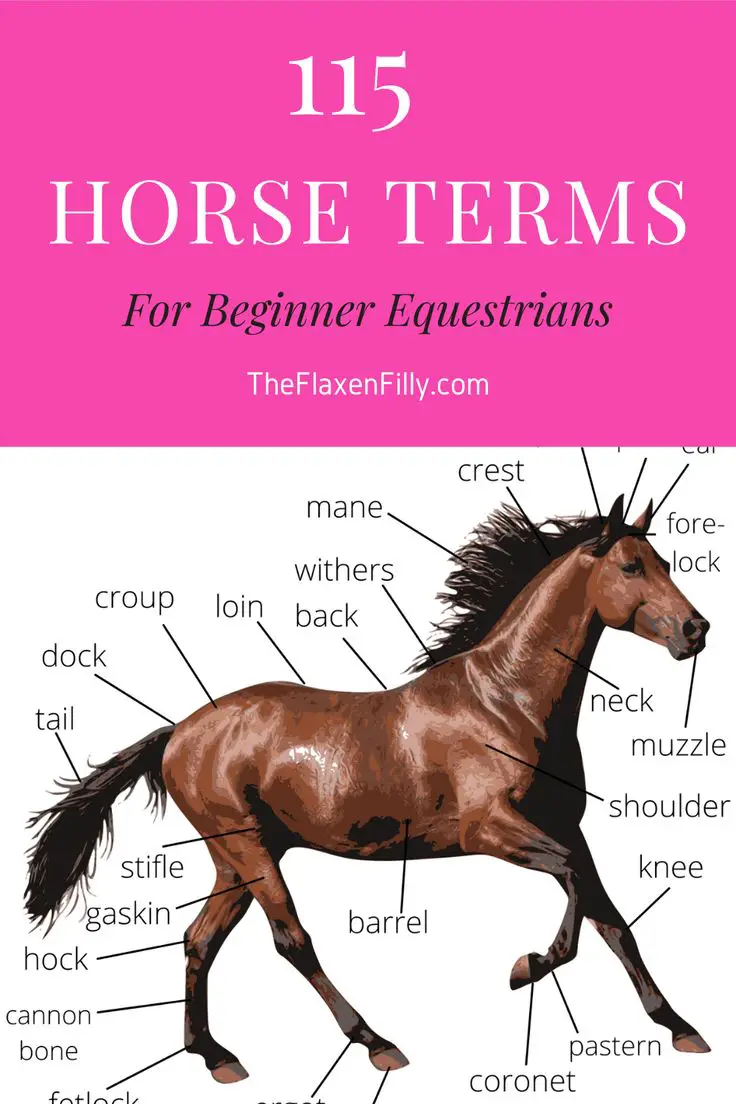Horses are fascinating creatures that have been domesticated and revered by humans for centuries. They are known for their strength, beauty, and grace, and have played a crucial role in the development of human civilization. While most people are familiar with the basic terminology associated with horses, such as mare, stallion, and foal, there is often confusion about what a male horse is specifically called. In this article, we will explore the answer to the question, “What is a male horse called?” and delve into the fascinating world of these majestic animals.
What is a Male Horse Called?

The term used to refer to a male horse is a “stallion.” Stallions are adult male horses that have not been castrated and are used for breeding purposes. They are known for their strength, vigor, and dominant behavior, and are often the leaders of a herd. Stallions are also prized for their genetic traits and are carefully selected for breeding to produce offspring with desirable characteristics.
Characteristics of a Stallion
Stallions are easily recognizable by their physical characteristics. They are typically larger and more muscular than mares or geldings, with a prominent crest on their neck and a more pronounced musculature overall. They also have a thicker, fuller mane and tail, which adds to their majestic appearance. In addition to their physical traits, stallions also exhibit certain behavioral characteristics, such as territoriality and a strong mating drive.
Behavioral Traits
Stallions are known for their assertive and dominant behavior, especially when interacting with other horses. They are highly territorial and will defend their herd and mating rights vigorously. Stallions will often engage in aggressive displays, such as rearing, striking, and biting, to establish their dominance and maintain control over their territory. However, it’s important to note that with proper training and handling, stallions can be gentle and obedient animals, especially when working with experienced horse trainers.
Reproductive Role
One of the primary roles of a stallion is to serve as a breeding animal. Stallions are carefully selected for their genetic traits, conformation, and performance, and are used to sire offspring with the potential for success in various equine disciplines. Breeding stallions can have a significant impact on the equine industry, as their offspring may go on to become successful racehorses, show jumpers, or breeding stock themselves.
History and Cultural Significance

The relationship between humans and horses dates back thousands of years, and stallions have played a significant role in shaping human history and culture. In many ancient societies, stallions were revered as symbols of power, strength, and virility. They were often used in warfare and as status symbols for rulers and nobility.
Warfare and Transportation
Stallions have been instrumental in warfare throughout history, serving as cavalry mounts and pulling chariots into battle. Their speed, strength, and agility made them invaluable assets on the battlefield, and their influence can be seen in the development of military tactics and strategies. Additionally, stallions were used for transportation, helping humans travel long distances and explore new territories.
Cultural Symbolism
In various cultures, stallions have been revered as symbols of masculinity, power, and freedom. They have been featured in myths, legends, and folklore, and have been celebrated in art, literature, and music. The image of a powerful stallion running free across the plains has captured the imagination of people around the world and continues to be a potent symbol of strength and vitality.
Stallions in Modern Society

While the role of stallions in warfare and transportation has diminished with the advent of modern technology, their significance in society has not waned. Today, stallions continue to play a crucial role in various equine disciplines, contributing to the development of new bloodlines and the improvement of equine genetics.
Equine Sports
Stallions are often showcased in equine sports such as horse racing, show jumping, dressage, and eventing. Their speed, agility, and competitive spirit make them formidable competitors in these disciplines, and they are highly sought after for their potential to produce successful offspring. Stallions that excel in these sports can have a significant impact on the performance and success of future generations of horses.
Breeding and Genetics
In the world of horse breeding, stallions are prized for their genetic traits and conformation. Breeders carefully select stallions with desirable characteristics to improve the overall quality of the equine population. Through selective breeding, stallions have the potential to influence the development of new bloodlines and contribute to the advancement of specific traits within a breed.
Curious about the different names for horses based on their characteristics? Explore our articles on male and female horse names, red horse names, and spotted horse names for fascinating insights into the world of equine terminology!
Conclusion

In conclusion, the term used to refer to a male horse is a “stallion.” Stallions play a vital role in the equine world, contributing to the development of new bloodlines, the improvement of equine genetics, and the success of various equine disciplines. Their physical and behavioral characteristics, as well as their historical and cultural significance, make them an integral part of human society and our enduring fascination with these majestic creatures. Whether on the racetrack, in the show ring, or as symbols of power and freedom, stallions continue to captivate our imagination and inspire admiration for their strength, beauty, and noble spirit.



